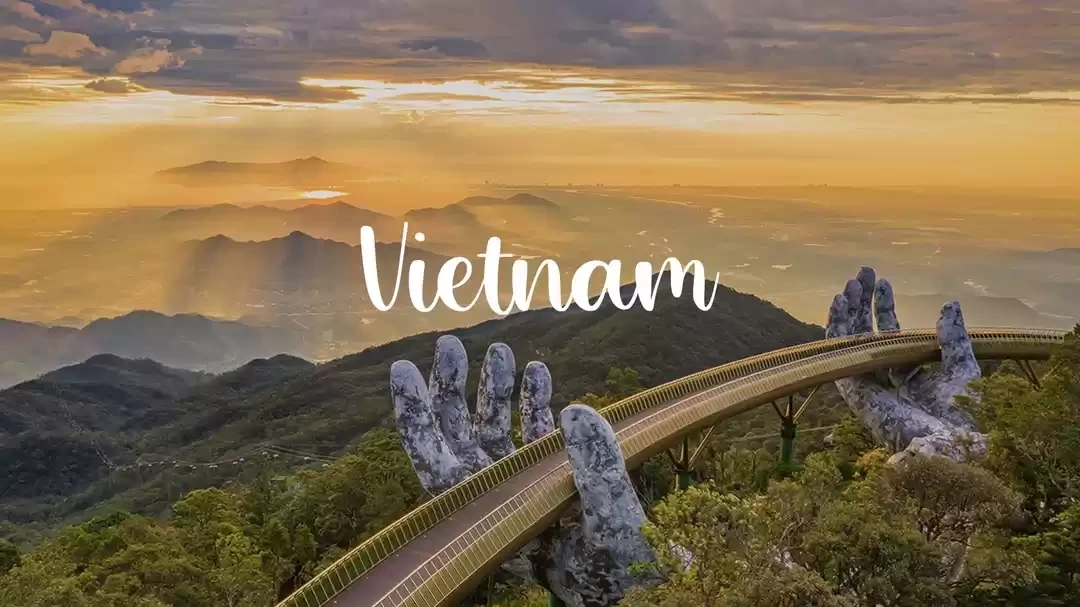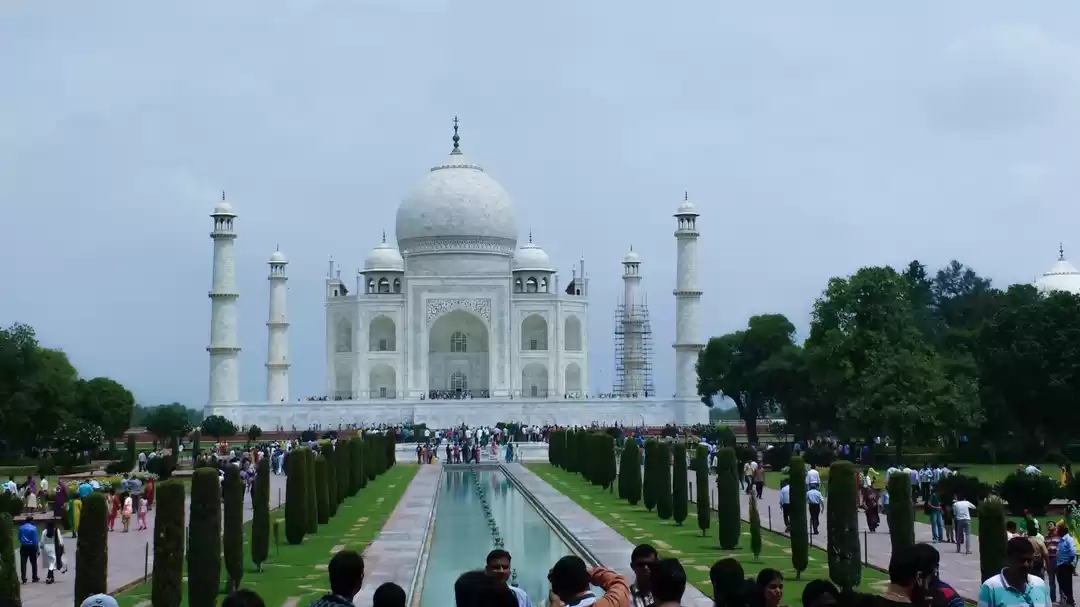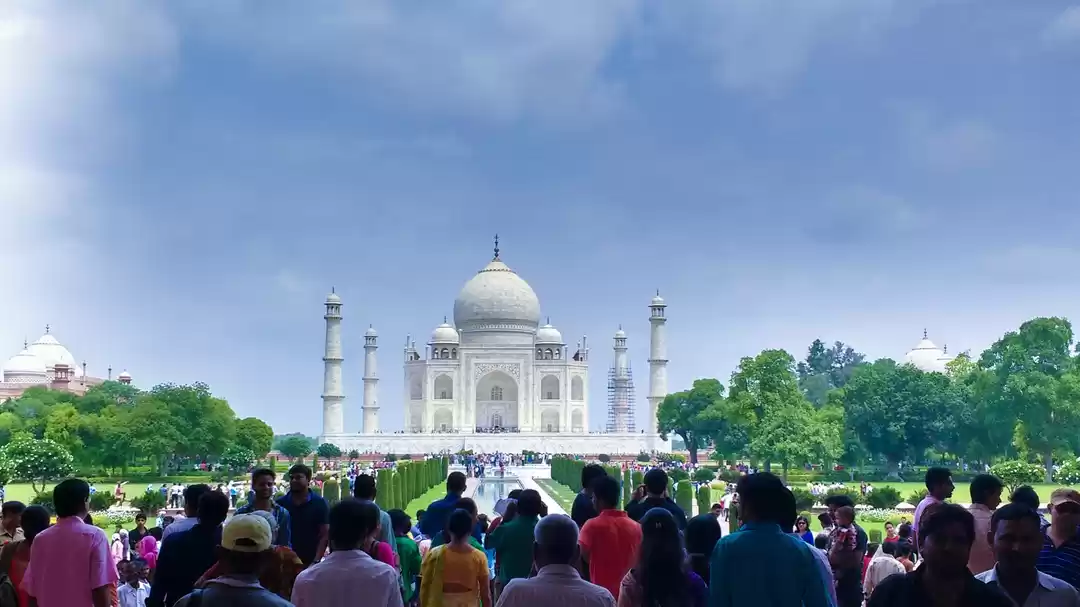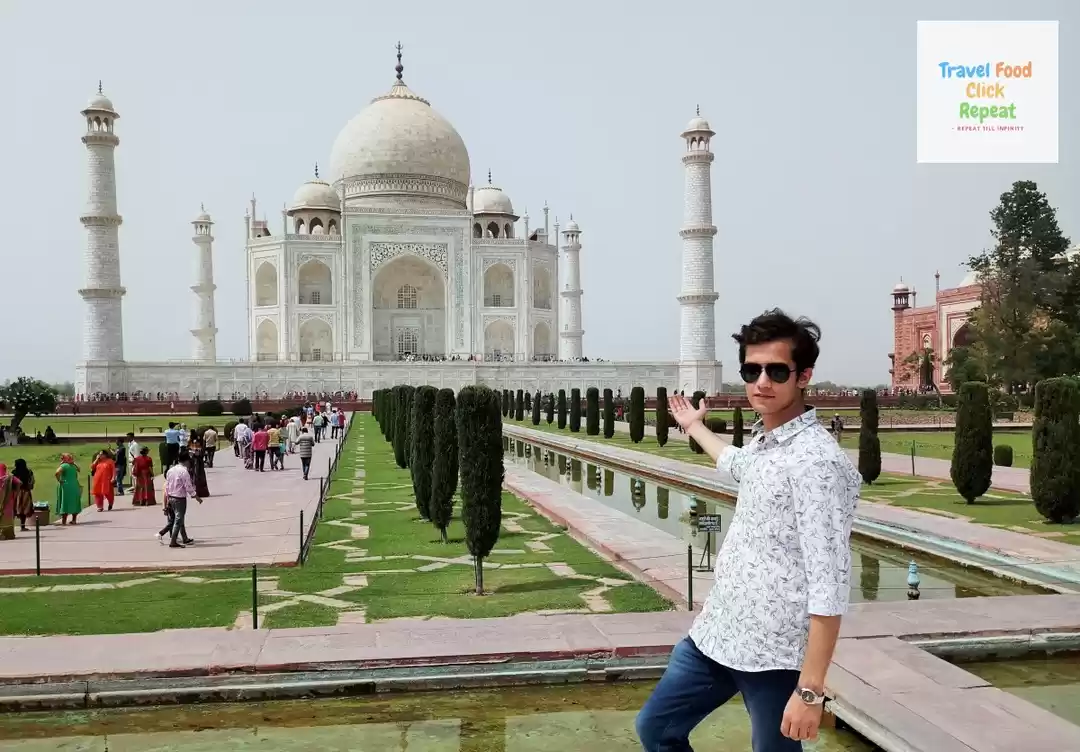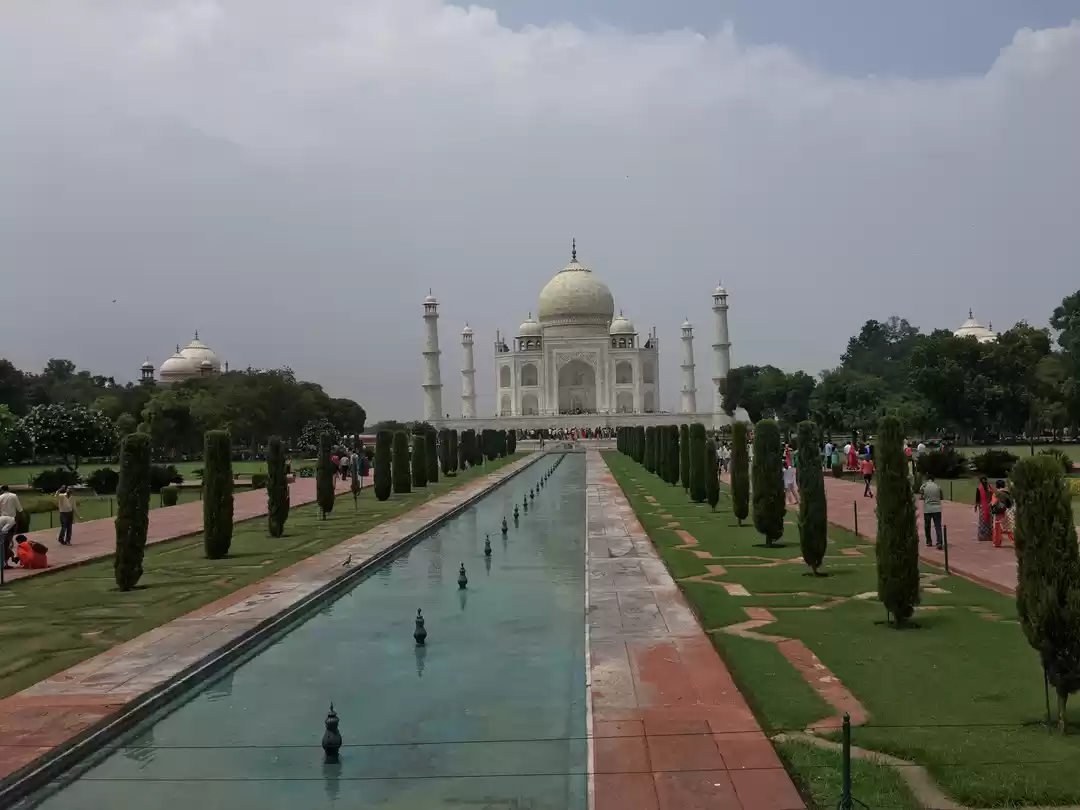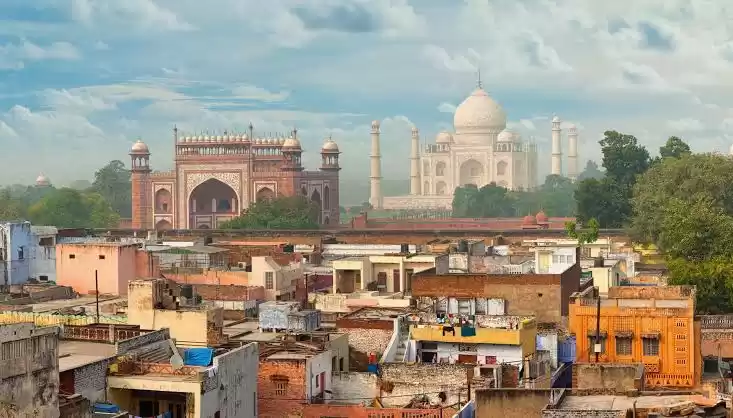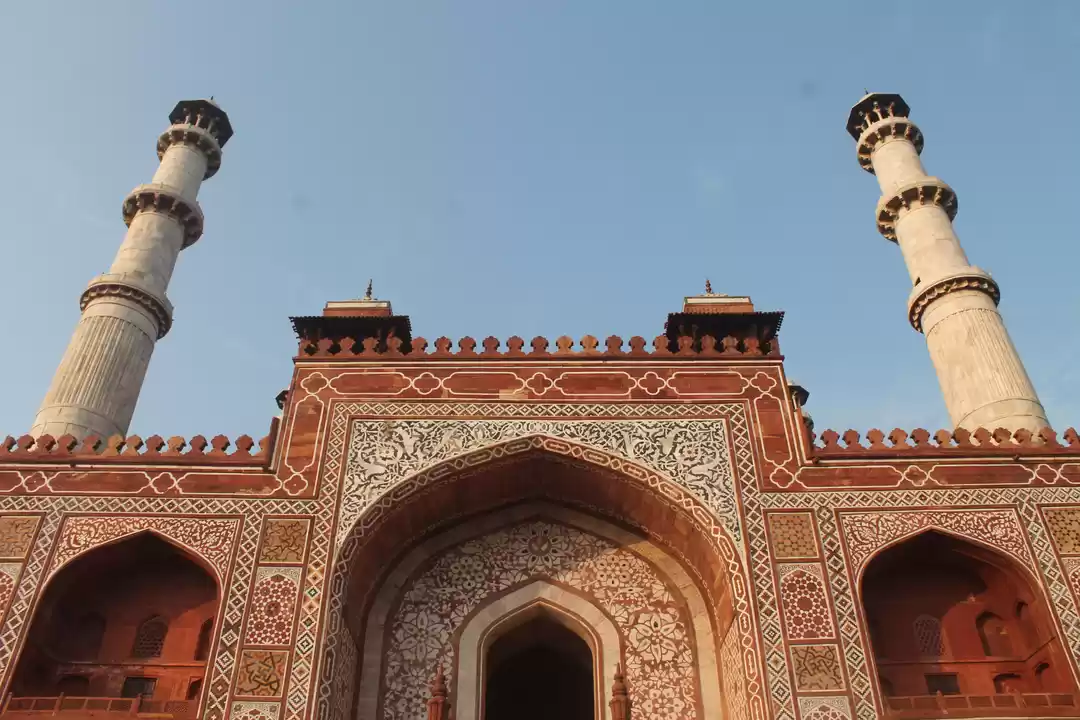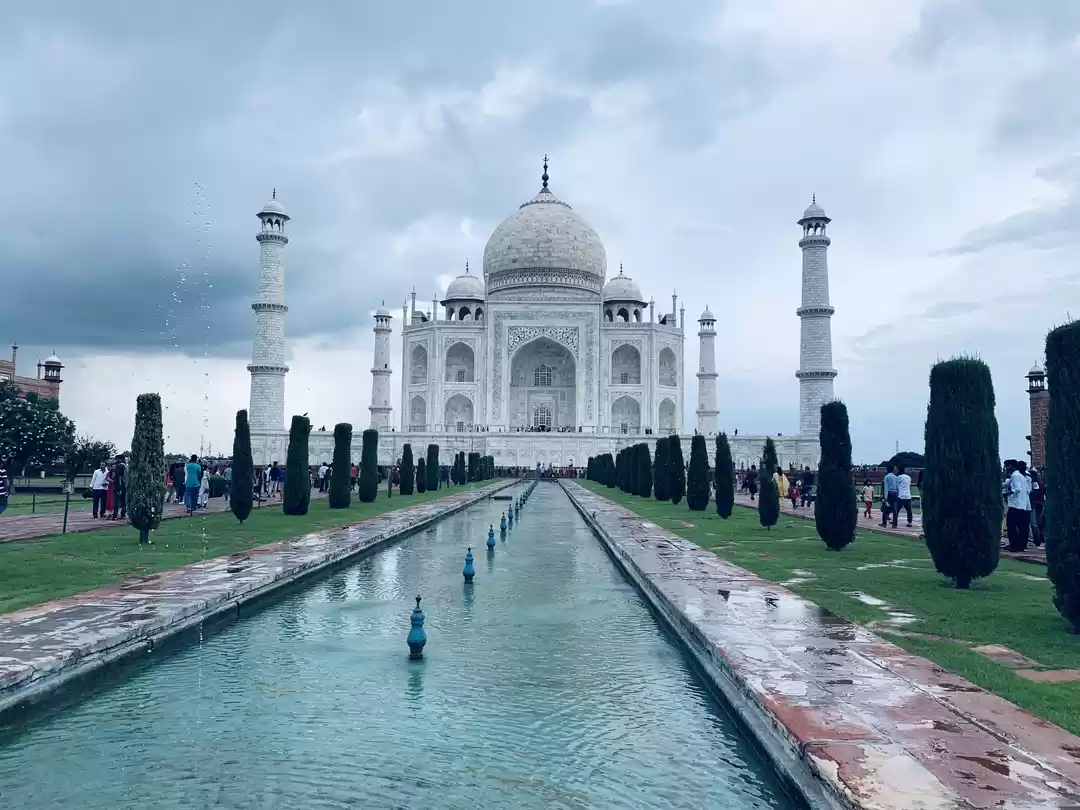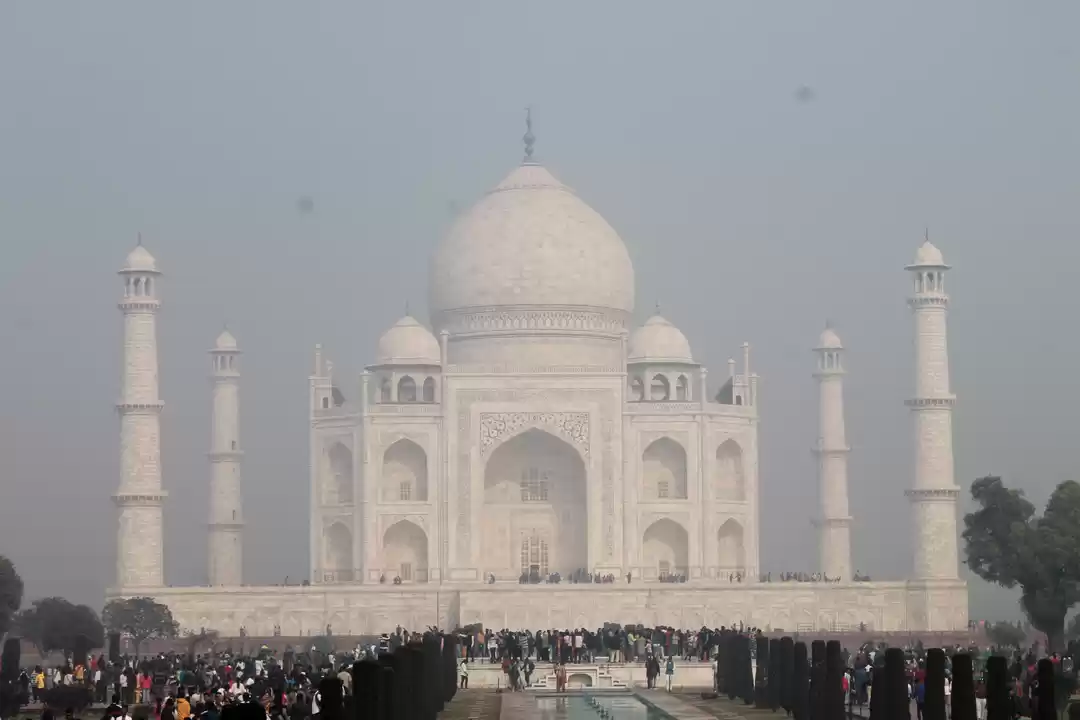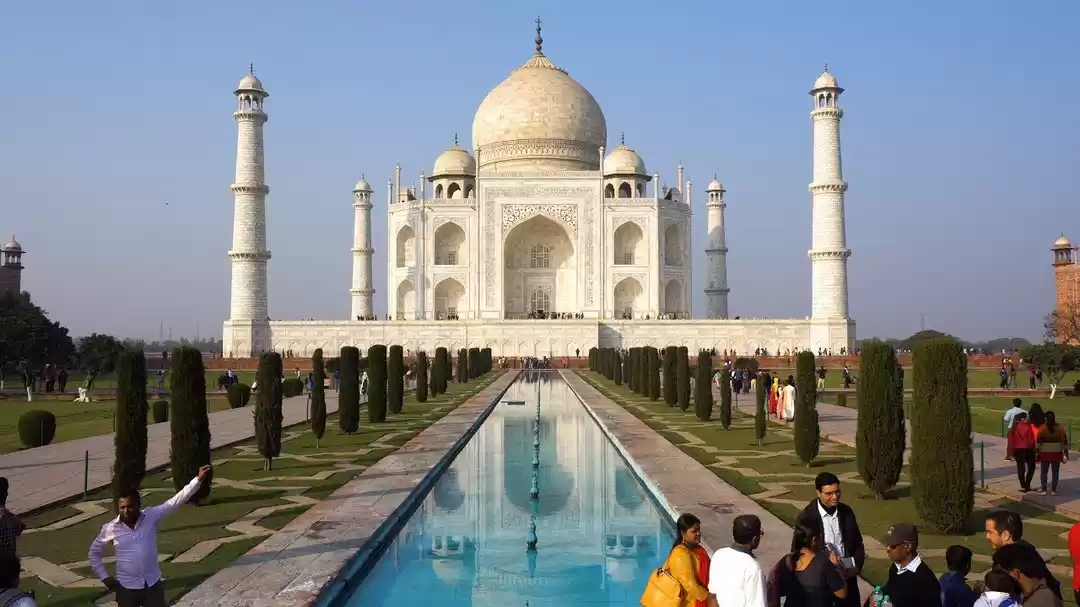
I was gambling on my days in college when I got a chance to visit the home of Taj Mahal, Agra, and this translated into a travel opportunity. Packing my stuff which is merely 3 pairs of clothes along with identity proof, keys and some cash, we headed to Agra from Noida.

The whole environment changed after crossing Yamuna. It was a happy feeling. Clean Agra, Green Agra - Hoardings which push you to not litter anywhere and properly use dustbins. I liked the psychological thought; that was my first glance at the mindfulness of the authority; obviously, I was going to gain a lot of other experiences following it.
To alleviate the weariness, we rested for the night; the next day we are on the 8-wheeler e-rickshaw which took us to the Taj Mahal. After the compulsory frisking, we make our way to the main building, although, not without a guide. The decision of taking a guide proves useful when we witnessed history coming to life; he shares his stories and I compare them to mine from various other sources.
I am fascinated with the serene, white look of the Taj. The backdrop of the clear blue sky makes it even more delightful to watch and imagine its creative journey.
Disillusioned with the beauty and historical aspect of the place, I get carried away to the past and scenes from that era come flashing by - Shah Jahan and his warriors are fighting a campaign in the Deccan Plateau. On the other hand, his wife, Mumtaj, who accompanies him to the place is fighting against all the odds to give birth to their 14th child. Amidst all the tensions and complications that midwife is well aware of, she is seen running here and there to arrange different things which are required for childbirth, or maybe she is already prepared as they were expecting the labour pain to start soon and was just waiting for the king to arrive. Soon after, when the king finally arrives, wrath breaks on him when he comes to know that Mumtaz Mahal is no more and left him with a beautiful girl child; his life turns upside down. He becomes silent for multiple days and is not seen anywhere.
It is 1632 AD. Shah Jahan finally appears and he is looking older in just a span of a few days. His eyes are swollen, his beard turns whitish, and he sits on his throne in Red Fort summoning a meeting for the construction of Taj Mahal, in the memory of his beloved wife. Ustad Ahmad Lahori is the main architect. Work is divided and examined from time to time. Shah Jahan is a visionary and asks the most honest and difficult questions because of which skilled architects and designers are careful about every aspect before bringing anything to him. Multiple artisans and ideators are called from all around the world to put all of their art in a building and they are working brilliantly.

Fast-forwarding it to 1648 AD, work is substantially finished. It turns out to be a perfect combination of Indo-Islamic architecture: Everything from the gardens to stones on walls is in consummate symmetry; the Quranic inscriptions in Arabic script gain heaviness going upward on the wall facilitating the reader to read equal-sized words from ground level, and unlike other Islamic buildings, Taj is built on the side rather than the center which gives it a better depth; the minarets are tilted at an angle so that in case of a disaster or calamity, they do not fall on the main building and drop outward instead. Reportedly, its construction took 22 years to complete but now it stands till eternity.
In the dimension of time, love is the only feeling that stays alive. Rabindranath Tagore has poetically called Taj Mahal a teardrop on the cheek of time and wishes for it to glisten, forever and ever. I am just a gazer here, peeping into the past from a window which Shah Jahan had created, but what he went through during that time can never be felt. He built a mausoleum and weaved his love, insecurities and longings onto the fixtures and maybe, these are the ingredients of the magnificent timelessness of the Taj. I am spellbound and wonder if afterlife exists, then Shan Jahan and Mumtaj must be standing on the porch silently smiling and feeling contented.
Practical Information
Getting there: Under UDAN** scheme, the airport at Agra will be soon functional; till then, you can visit Agra by the nearest Airport, Indira Gandhi International Airport in New Delhi. Also, Agra is well connected by both road and rail network, so reaching there is pretty easy.
**UDAN (which stands for ‘Ude Desh Ka Aam Nagrik’) is a Regional Connectivity Scheme launched by the government that aims to make unserved/underserved airports in small cities operational with regular flights, and offer subsidized airfares to encourage more people to fly.
Timings: Open 06:00 AM-06:00 PM (Friday closed); Avoid winters as the Taj will be shadowed by fog, i.e., from the months of November to February. So early summers, i.e., from March to June is the best time to visit the monument.
Location: Dharmapuri, Forest Colony, Tajganj, Agra, Uttar Pradesh 282001
Entry Fees: INR 50/- + 200/- Additional for visiting main mausoleum (Indian); INR 1100/- + 200/- Additional for visiting main mausoleum (Foreign); Tourists buying tickets online will get discount of Rs.5/- for per Indian ticket & Rs. 50/- for per Foreigner ticket; No Entry fee for children below the age of 15 years. (both Domestic and Foreigner)
PS - All images are taken from Google. I reserve no copyright.










